World’s top optimal health, biohacking and longevity conference. Our next events: 14–15 June 2025 Tallinn, Estonia and 10–11 October 2025 Tokyo, Japan



A new, easily adopted, 3D-printed device will enable scientists to create models of human tissue with even greater control and complexity. An interdisciplinary group of researchers at the University of Washington and UW Medicine led the development of the device.
3D tissue engineering, which recently has undergone other major advances in speed and accuracy, helps biomedical researchers design and test therapies for a range of diseases.
One goal of tissue engineering is to create lab-made environments that recreate the natural habitats of cells.
Scientists say they’ve put together a new kind of molecular toolkit that could eventually be used to treat a variety of brain diseases, possibly including epilepsy, sleep disorders and Huntington’s disease.
The kit currently contains more than 1,000 tools of a type known as enhancer AAV vectors, with AAV standing for “adeno-associated virus.” A consortium that included researchers from Seattle’s Allen Institute for Brain Science and the University of Washington combined harmless adeno-associated viruses with snippets of engineered DNA to create a gene-therapy package that could target specific neurons in the brain while having no effect on other cells.
Researchers laid out their findings in a set of eight studies published today in the Cell Press family of journals. The work is part of a project called the Armamentarium for Precision Brain Cell Access, funded through the National Institutes of Health’s BRAIN Initiative.
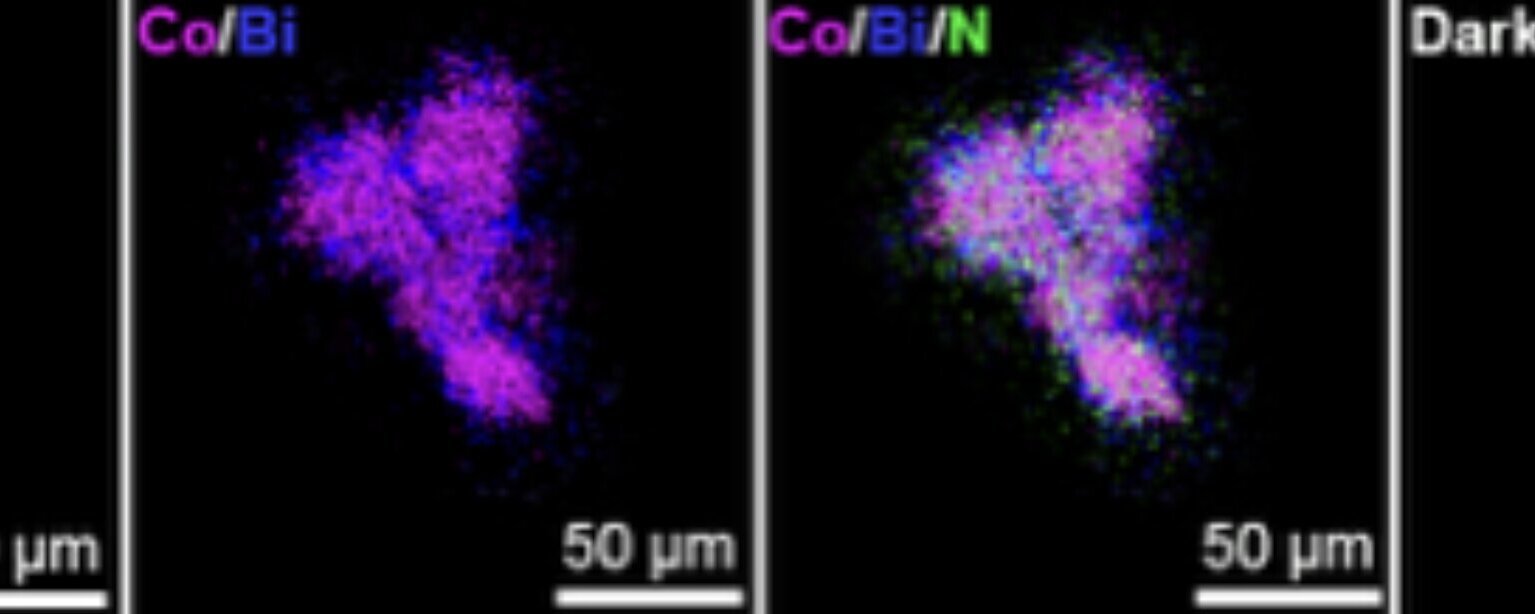
Recent technological advances are fueling the development of cutting-edge technologies that can monitor and control physiological processes with high precision. These include devices that could control the expression of genes within living organisms, without requiring invasive surgeries or procedures.
Researchers at ETH Zurich recently introduced a new method that enables the electromagnetic programming of the wireless expression regulation (EMPOWER) of transgenes in mammals, via the interfacing of nanoparticles and cells.
Their proposed approach, outlined in a paper published in Nature Nanotechnology, could help to treat chronic conditions, including diabetes, while also opening new possibilities for research in synthetic biology and regenerative medicine.
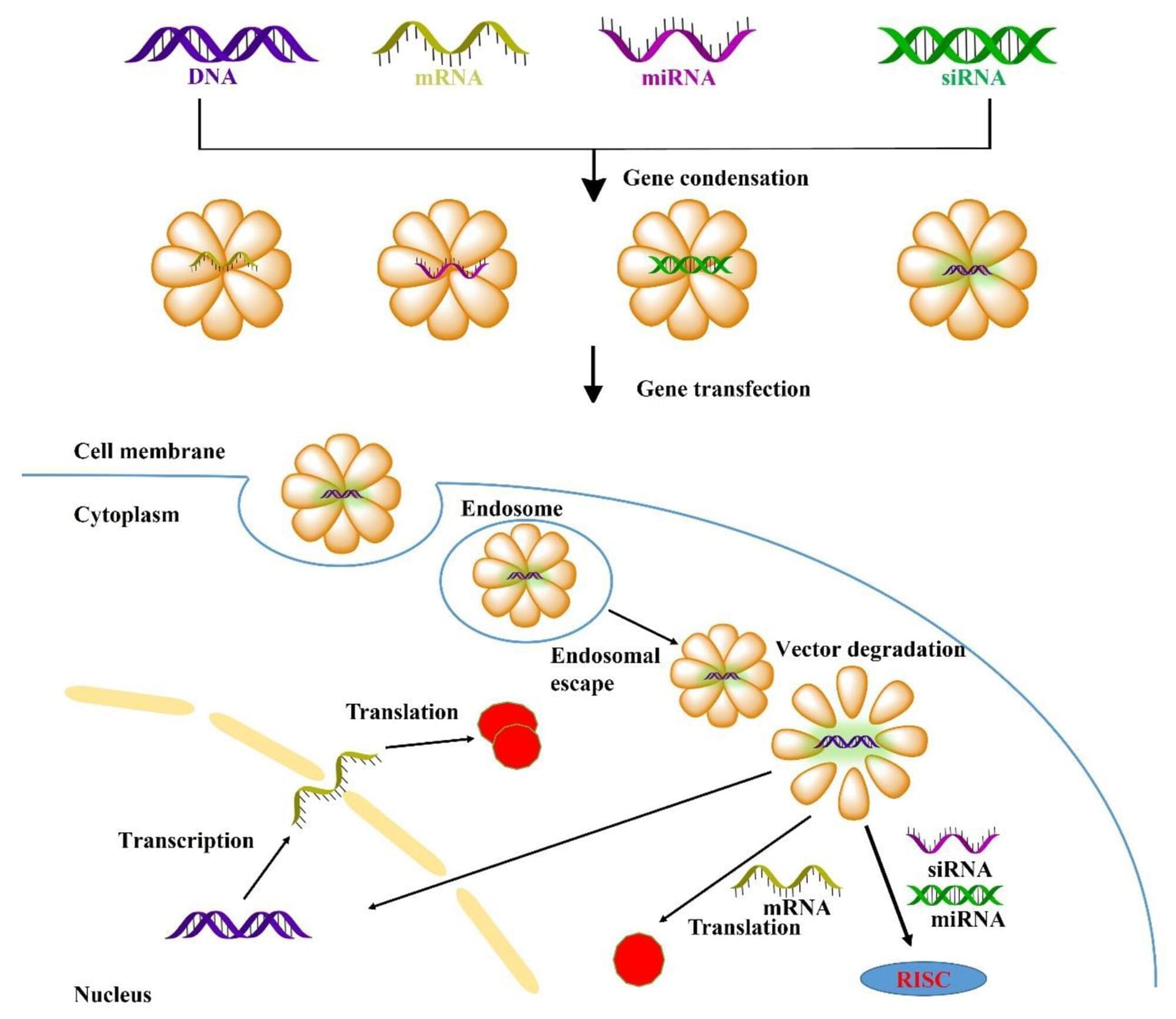
The development of COVID-19 vaccines has sparked widespread interest. mRNA-based therapies are rapidly gaining attention owing to their unique advantages in quickly developing vaccines and immunotherapy for various ailments [1, 2]. Given that most human diseases stem from genetic factors, gene therapy represents a promising modality for addressing various inherited or acquired disorders by replacing faulty genes or silencing genes [3]. Gene therapy encompasses the targeted exploitation of genetic material, which includes gene replacement through DNA or mRNA [4, 5]; gene silencing utilizing siRNA or miRNA [6], and CRISPR-Cas9 based gene editing [7].
However, achieving safe and efficient gene delivery to specific cells requires overcoming multiple biological barriers, including extracellular obstacles such as enzyme degradation, serum protein interactions, electrostatic repulsion of genes and cell membranes, and innate immune system, as well as intracellular obstacles such as endosomal escape, transport barriers, precise release [8]. Therefore, gene vectors require several characteristics such as high gene condensation; favorable serum stability to avoid non-specific serum protein interactions, endonuclease degradation, and renal clearance; achieved specific targeting cell or tissues; effective transport into the cytoplasm thereby facilitating gene transfection (mRNA, siRNA and miRNA); precise gene release and scheduling, and nuclear localization that enables DNA transcription. Comprehensive exploration of transfection mechanisms can aid in the development of high-performance gene vectors [9, 10].
Gene vectors generally include viral vectors and non-viral vectors. Presently, approximately 70% of clinical gene therapy trials employ viral vectors, which include retroviruses, lentiviruses, adenoviruses, and adeno-associated viruses. Due to their exceptional infectivity, virus-based vectors typically exhibit excellent gene transfection capabilities. However, the clinical safety of viral vectors has been questioned due to their propensity to stimulate immunogenic reactions and induce transgene insertion mutations. Moreover, viral vectors possess several limitations, including low gene loading capacity, inability to deliver large-sized genes, complicated preparation procedures, and the patient cannot be repeatedly administered [4]. In contrast, non-viral vectors, particularly lipid nanoparticles (LNPs) and cationic polymers, have demonstrated robust gene loading capacity, heigh safety and practicability, simplicity preparation [10, 11]. Consequently, non-viral vectors are exhibiting tremendous potential for further clinical development and application. Our review primarily highlights the significant potential of non-viral vectors, particularly lipid nanoparticles (LNPs), highly branched poly(β-amino ester) (HPAE), single-chain cyclic polymer (SCKP), poly(amidoamine) (PAMAM) dendrimers, and polyethyleneimine (PEI). We intend to provide a detailed examination of the latest research progress and existing limitations of non-viral gene vectors over recent years.
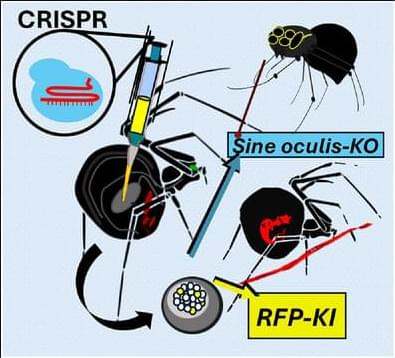

Ribonucleic acid, also called RNA, is a molecule present in all living cells. It plays a critical role in transmitting genetic instructions from DNA and creating proteins. With the power to execute a plethora of functions, the little RNA “messenger” has led to important innovations across therapeutics, diagnostics, and vaccines, and made us rethink our understanding of life itself.
A team of researchers from Boston University’s Biological Design Center and the Department of Biomedical Engineering recently made significant steps forward in the development of the next generation of computational RNA tools. They recently published a study in Nature Communications describing a generative AI technique for designing different types of RNA molecules with improved function.
Much like a large language model that can be used to compose entirely new texts, the model can compose new RNA sequences tailored for specific tasks in the cell or in a diagnostic assay. Their research has shown that it’s possible to predict and generate RNA sequences that have specific functions across a broad array of potential applications.
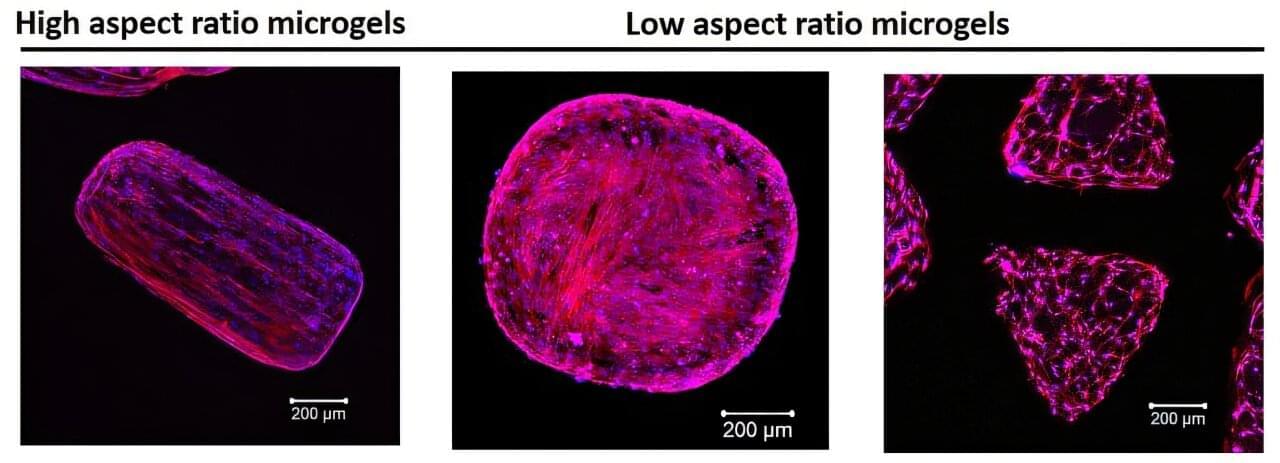
Researchers at the Terasaki Institute for Biomedical Innovation (TIBI) have developed a technique that could help advance treatments in tissue engineering. The study, published in the journal Small, introduces a technique for producing tissues with precise cellular organization designed to mimic the natural structure of human tissue.
Using a simple light-based 3D printing method, the team created microgels with controlled internal architectures. These structures help guide how cells behave and grow, mimicking the way cells naturally behave in the body.
By adjusting properties of light as it interacts with hydrogels, the team modified the internal structure of these microgels, enabling precise control of cell organization in 3D space. This breakthrough addresses a major challenge in creating realistic, functional tissue environments critical for tissue repair and regeneration.
ITrust Capital: Use code IMPACTGO when you sign up and fund your account to get a $100 bonus at https://impacttheory.co/iTrustCapitalMay.
Shopify: Sign up for your one-dollar-per-month trial period at https://impacttheory.co/ShopifyApr.
On this mind-bending episode of Impact Theory, Tom Bilyeu sits down with Ben Lamm, the visionary entrepreneur behind Colossal Biosciences, to explore a world that sounds straight out of science fiction—yet is rapidly becoming our reality. Together, they pull back the curtain on the groundbreaking technology making de-extinction not only possible, but increasingly practical, from resurrecting woolly mammoths and dire wolves to saving endangered species and unraveling the secrets of longevity.
Ben explains how CRISPR gene editing has unlocked the power to make precise DNA changes—editing multiple genes simultaneously, synthesizing entirely new genetic blocks, and pushing the limits of what’s possible in biology and conservation. The conversation dives deep into the technical hurdles, ethical questions, and the unexpected magic of re-engineering life itself, whether it’s creating hairier, “woolly” mice or tackling the colossal challenge of artificial wombs and universal eggs.
But this episode goes way beyond Jurassic Park fantasies. Tom and Ben debate the future of human health, gene selection through IVF, the specter of eugenics, global competition in biotechnology, and how AI will soon supercharge the pace of biological engineering. They even touch on revolutionary solutions to our plastic crisis and what it means to inspire the next generation of scientists.
Get ready to have your mind expanded. This is not just a podcast about bringing back extinct creatures—it’s a deep dive into the next frontiers of life on Earth, the technologies changing everything, and the choices we’ll face as architects of our own biology. Let’s get legendary.
00:00 Meet Ben Lamm.
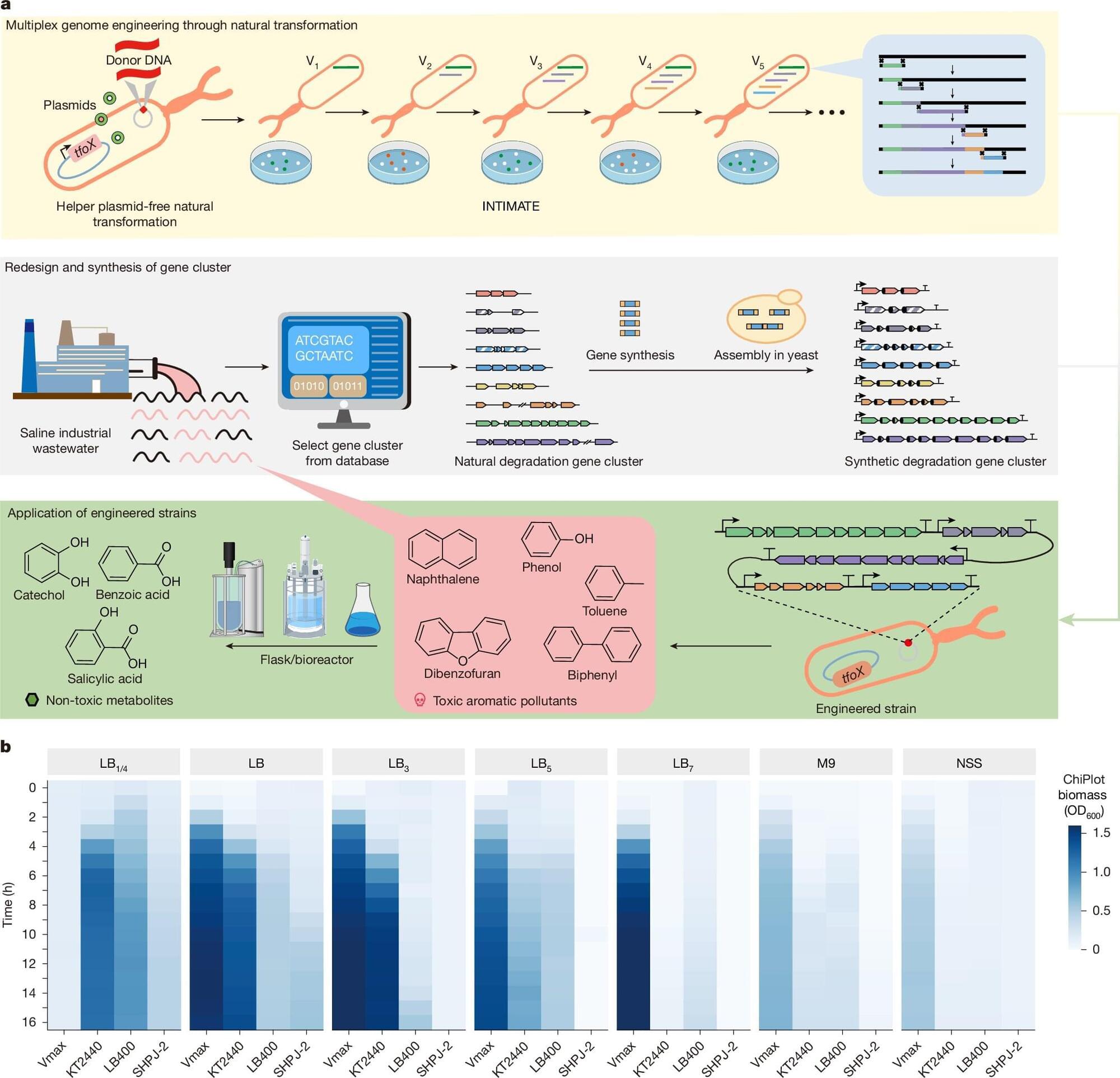
A multi-institutional collaboration of synthetic biology research centers in China has developed a genetically engineered strain of Vibrio natriegens capable of bioremediating complex organic pollutants, including biphenyl, phenol, naphthalene, dibenzofuran, and toluene, in saline wastewater and soils.
Complex organic pollutants are prevalent in industrial wastewater generated by petroleum refining and chlor-alkali processing. Due to their chemical stability and resistance to natural degradation, these compounds persist in marine and saline environments, posing ecological risks and potential threats to public health.
Microbial bioremediation methods typically use consortia of wild-type bacterial strains, yet these organisms demonstrate limited capacity to degrade complex pollutant mixtures. Elevated salinity levels further inhibit bacterial activity, diminishing bioremediation efficacy in industrial and marine wastewater. Developing bacterial strains capable of degrading pollutants while tolerating saline conditions remains a critical challenge.